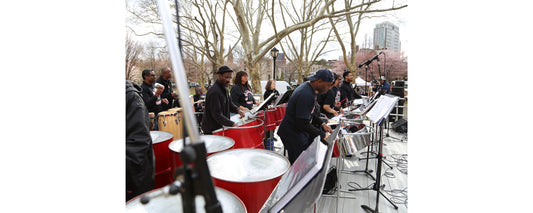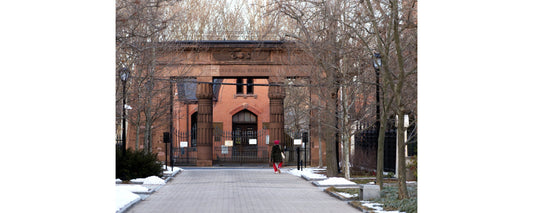Amy Bloom is familiar with New Haven’s underbelly, and not just because she edited and contributed to New Haven Noir, a new anthology of hard-boiled page-turners set in the Elm City.
“I lived in the tunnels of Yale for a little while,” she says. As a 19-year-old waitress, she would sleep in the underground campus art studio of her then-boyfriend’s roommate. While never a student at Yale, she would later return to teach creative writing there for a decade.
Now Bloom is the director of the Shapiro Creative Writing Center at Wesleyan, her alma mater. Over the years Bloom has combined a career as a writer—her most recent novel, Lucky Us, was even a New York Times bestseller—with a psychotherapy practice. Though she rarely sees patients these days, she says the work has benefitted her writing. “It was very helpful to be trained how to be a good listener, to let other people finish their sentences and to be really sharply aware of the fact that people are not as they seem.”
sponsored by
She’s put that training to use across three novels, three collections of short stories and a nonfiction book on gender expression and sexuality. Then there’s New Haven Noir, which comes out today; a novel inspired by Eleanor Roosevelt’s great love affair with reporter Lorena Hickok, slated for next March; and another collection of short stories after that.
Her career as a writer began with the short stuff. Come to Me, an often transgressive set of intimacies that was nominated for a National Book Award, was published in 1993. “I love the short story form. I think a great short story is actually very hard to write,” Bloom says. “There’s sort of a flooding of the literary world with short stories because it’s what people write when they’re getting their MFAs. As if a short story is practice for a novel,” she says.
“Novels are longer, so it’s worse,” Bloom says of the writing process. “But also there is a requirement, in a novel, of connective tissue, in a way that you don’t have to do with short stories… A short story is one beautiful pearl on a chain. A novel is a bunch of beautiful pearls, and some other things too,” she says.
Bloom’s writerly contribution to New Haven Noir, “I’ve Never Been to Paris,” is about a libidinous professor-turned-PI who involves herself in the murder investigation of an unpopular English professor. The story takes place primarily in East Rock, which means no others can: Noir’s authors, all with some connection to New Haven, divvied up neighborhoods and landmarks so that there wouldn’t be too much overlap. As Bloom dryly puts it, “You don’t want everything taking place in Beinecke Library.”
Noir as a genre is known for its gritty takes on love, violence and greed, and has been popular since the 1920s. Akashic Books, the publisher, specializes in city-specific noir anthologies, printing modern riffs and republishing classics. With 82 sister volumes set in other locales, from Brooklyn to Istanbul, New Haven Noir’s procession from concept to published collection was fast. Bloom was approached for the editor role a year and a half ago. Though “delighted,” it was new ground for her, as she’s never published in the mystery vein before.
It was also Bloom’s first time editing a group anthology. “I prefer being the writer to being the editor, as you’re not responsible for other people,” she says. “I tried to have a light hand. Mostly it was guiding people towards the idea of noir.” She notes that it’s not just darkness that makes noir noir. “Bad things happen in War and Peace, it doesn’t make it Russia Noir.” In this genre, she says, most everyone in the story is bad, and the least bad among them is usually thwarted.
“I think noir is love gone bad, or passion gone wrong,” Bloom continues. “Not all passion is romantic passion… We have other kinds of deep, deep attachments that when disrupted are upsetting to everybody.”
In the anthology’s introduction, Bloom cites New Haven’s long and weird criminal history as reason to make it worthy of the noir treatment, looking all the way back to the city’s 17th-century protection of “king-killers:” the Puritan British parliamentarians Whalley, Goffe and Dixwell, who helped put the impious Charles I to death. Famously hiding from their pursuers in founder John Davenport’s home and a West Rock cave, among other places, all three eventually escaped their pursuers.
Of course, if they’d been characters in New Haven Noir, their fates would likely have been quite different.
Amy Bloom & New Haven Noir
Writer Website | New Haven Noir | Launch Event at the Institute Library
Written by Anne Ewbank. Photographed by Dan Mims. Image depicts Amy Bloom in her Stony Creek office.








